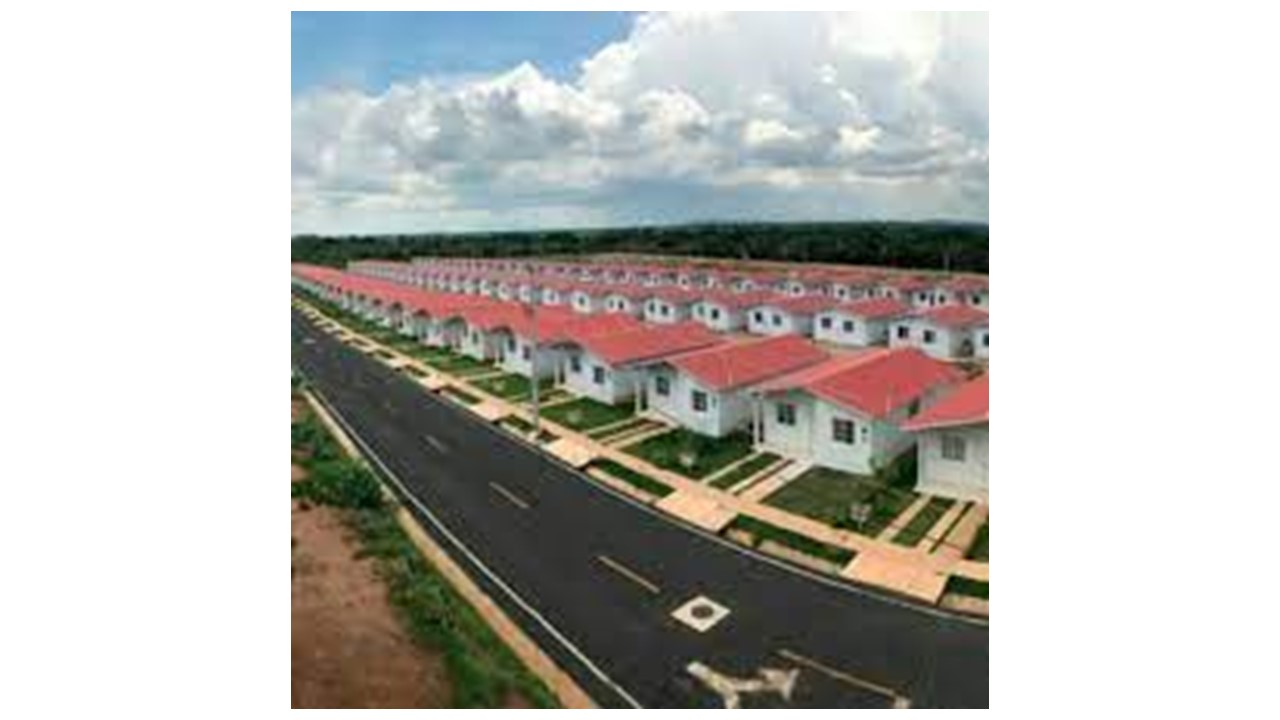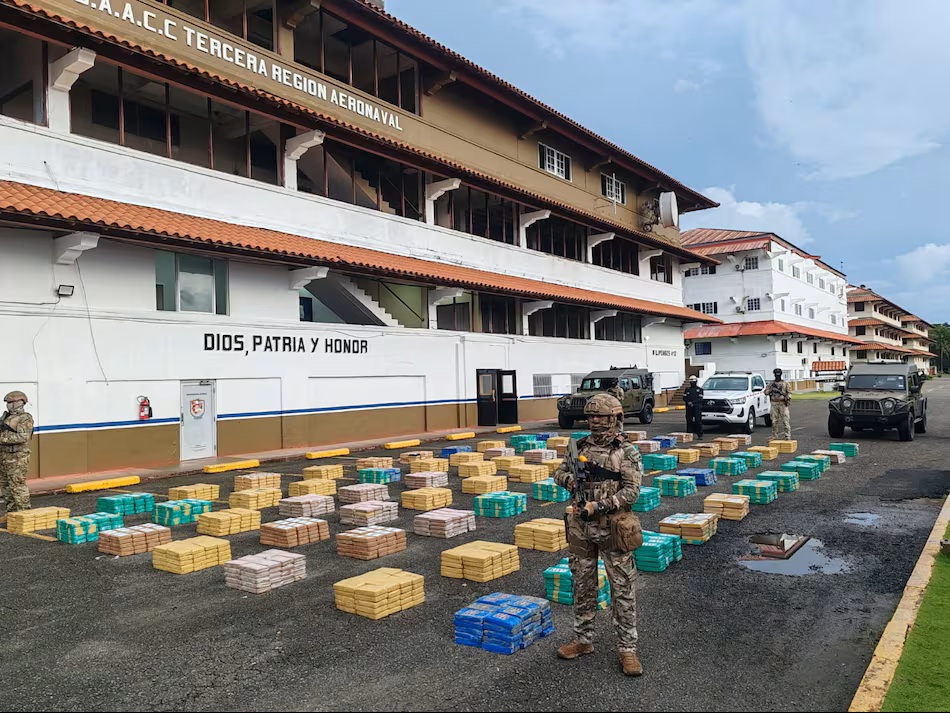Construction sector predicts 10% growth this year

The construction sector projects moderate growth this year of 10%, still below the 14.8% of the gross domestic product of construction generated in 2019.
The estimates were announced by the president of the Panamanian Chamber of Construction (Capac), Carlos Allen, during the inauguration of Expo Hábitat 2023, where he indicated that although they had projected to exceed the figures prior to the health crisis, several factors have slowed the industry’s recovery expectations.
One of them is that the approval of the extension of the preferential interest law took eight months to be finalized and finally sanctioned by the Executive, which meant that a large part of the year was lost and the promoters did not place all the homes that were planned, which in turn also discouraged builders and developers from accelerating new housing projects with prices between $40,000 and $180,000.
Another factor that works against the sector this year is the increase in the cost of financing, which is measured by the increase in interest rates for commercial mortgage loans and residential mortgages.
“This is affecting the purchasing power of the population; if, on the one hand, they were not clear about the preferential interest in the first half of the year, they would not be able to access the interest rates either,” said Allen.
And if that were not enough, the president of Capac indicates that the banks, which are the financing engine of the sector, have been cautious in approving new preferential mortgages, because the State has not recognized the resources they owe them. for preferential interest on mortgage loans previously approved and granted.
“This debt, as the Banking Association of Panama has said, amounts to more than 600 million dollars, and by not paying them, this limits the granting of credit and therefore affects the entire industry.”
At the same time, he indicated that in the segment of infrastructure works such as roads, projects, and others, there is still an expectation that there will be a greater recovery, but he admits that they come from several years in which public investment was affected by the pandemic added to the debts that accumulate each year with State suppliers.





